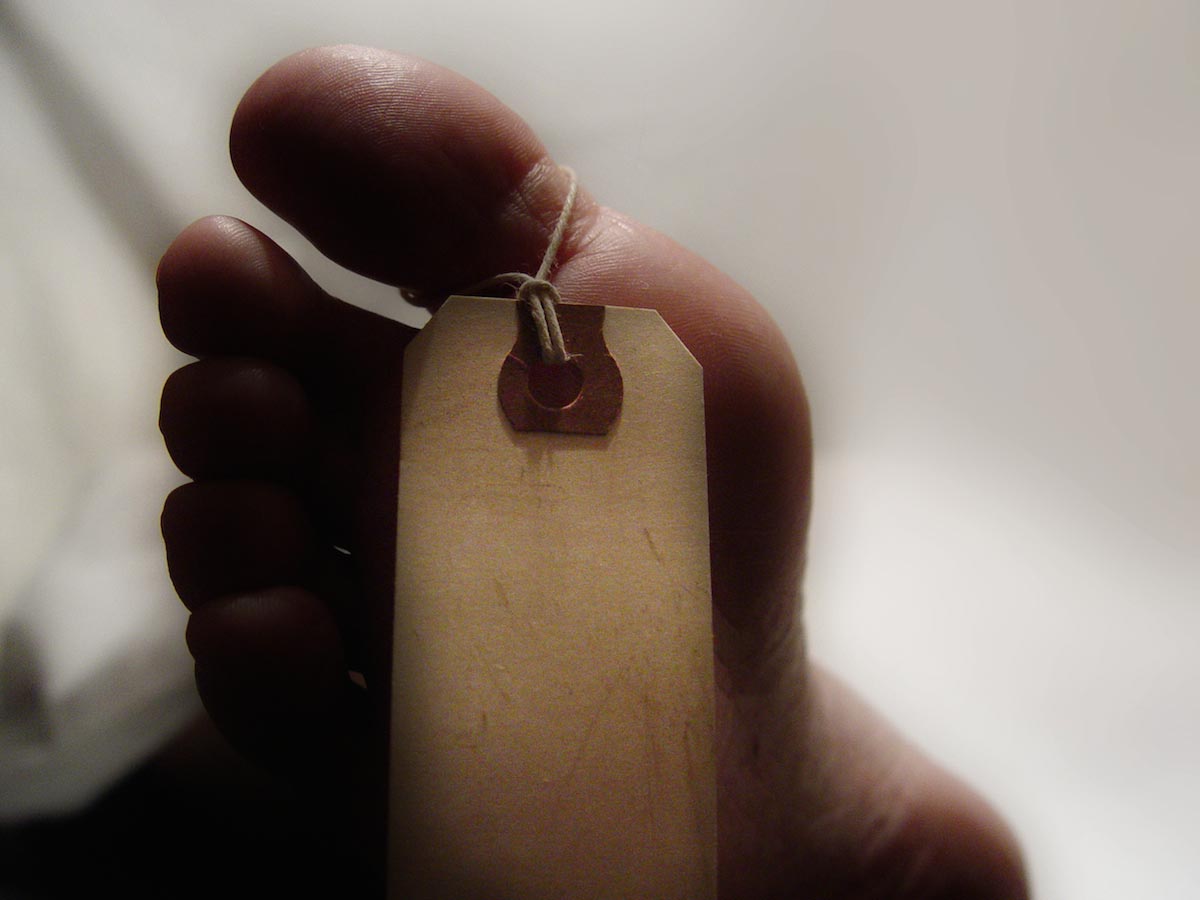World’s oldest runestone inscribed almost 2,000 years ago found in ancient cremation pit in Norway
01/23/2023 / By Kevin Hughes

Archaeologists in Norway announced on Jan. 17 that they found the world’s oldest rune stone. The flat, square block of brownish sandstone with inscriptions made almost 2,000 years ago may be the first example of writing in Scandinavia.
The so-called Svingerud Stone, discovered in a cremation pit filled with burnt bones and charcoal that date between 1 A.D. and 250 A.D., measured 312.2 inches by 12.6 inches. It was uncovered during an excavation of a grave field in the Hole municipality at the Ringerike region, west of the Norwegian capital Oslo.
“This find will give us a lot of knowledge about the use of runes in the early Iron Age. This may be one of the first attempts to use runes in Norway and Scandinavia on stone,” said professor Kristel Zilmer of the University of Oslo (UiO). “Without [a] doubt, we will obtain valuable knowledge about the early history of runic writing.” (Related: Ancient Chinese texts may be the oldest surviving anatomical atlas, study finds.)
Eight runes on the front of the stone were translated to “For Idibera,” who could be the person cremated in the pit. Zilmer nevertheless remarked that further work needs to be done in order to decode the runes on the stone.
“We needed time to analyze and date the runestone,” she told the Associated Press.
The Svingerud Stone will be exhibited for a month beginning Jan. 21 at the Museum of Cultural History in Oslo. The museum, which is part of UiO, holds Norway’s biggest collection of historical artifacts from the Stone Age to the modern time.
Runes are a set of characters used to write different Germanic languages prior to the adoption of the Latin alphabet. The Vikings mainly used the Scandinavian versions of the characters, called futhark.
Runes were used to immortalize key events in Scandinavian society
Most of the examples of runes obtained from Scandinavia hail from Sweden, with over 3,000 inscriptions. Neighboring Denmark, meanwhile, has contributed about 250 rune stones from the Viking Age.
The principal purpose of runes was to mark territory, explain inheritance, boast about constructions, bring glory to dead kinsmen and speak of important events. But during an interview with Science Norway, Zilmer posited that the Svingerud Stone may have been possibly used to either memorialize the dead or serve as practice for someone learning the characters.
Back in 2020, archaeologists managed to decode the runes inscribed on a famous Viking relic known as the Rok Stone. The stone, which stands more than eight feet tall, was built in the late 800s near Lake Vattern in south-central Sweden. While more than 700 runes cover its five sides, missing or worn-away pieces of the rock has made it difficult for experts to decode the stone’s meaning.
The prevailing theory was that the Rok Stone was a dedication to Theodoric the Great, the legendary Ostrogoth king who ruled in what is today Italy.
But in January 2020, archaeologists said the runes on the stone pertain to a heartbroken parent’s fear that the cold weather that killed their child may return. They added that the stone talks about a lasting battle against severe cold weather in the sixth century. It is well-known that during the sixth and seventh centuries, more than half of all Scandinavians died as cold temperatures caused widespread destruction.
Watch this video that outlines the secret of the runes of the Elder Futhark.
This video is from the Chandor channel on Brighteon.com.
More related stories:
Recent study reveals ancient text found in 2012 is the “oldest map of the underworld in existence.”
Ancient art: Scientists discover 143 new Nazca line drawings previously hidden in Peru.
Sources include:
Submit a correction >>
Tagged Under:
ancient history, Archaeology, artifacts, breakthrough, discoveries, Norway, real history, relics, research, Scandinavia, Vikings
This article may contain statements that reflect the opinion of the author




















